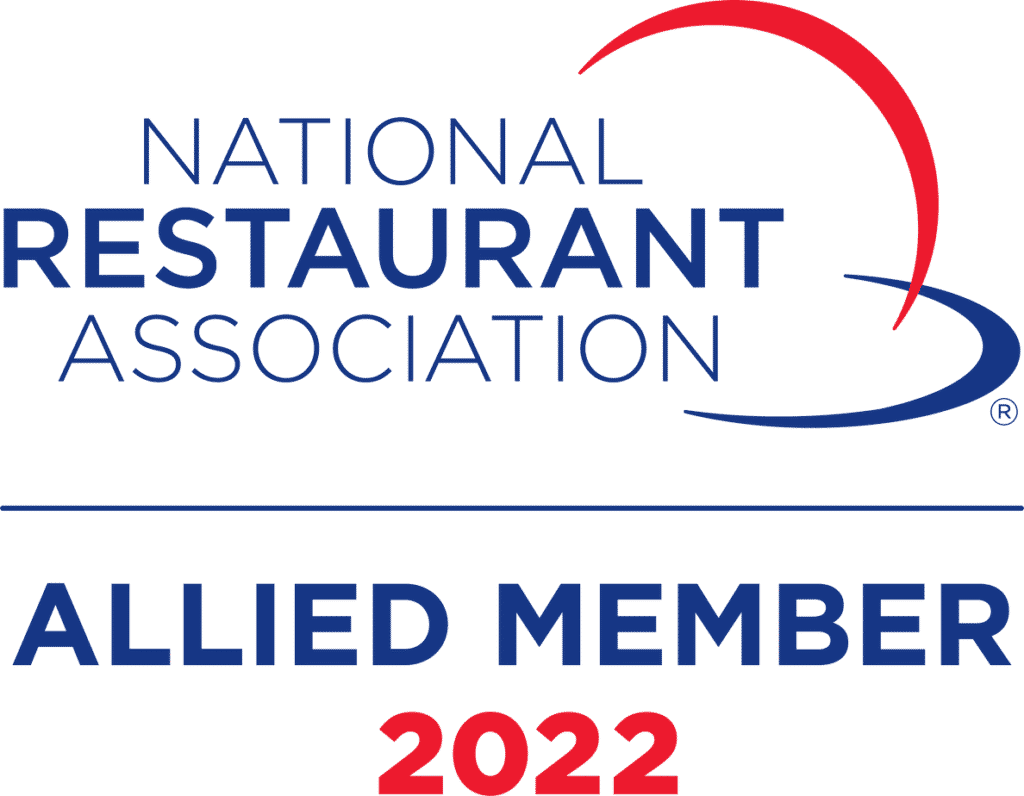The restaurant industry has encountered significant challenges because of factors like the growth of food delivery apps and the impact of the COVID-19 pandemic. Managing operations and staff has become more complex for restaurant owners and managers. Despite these difficulties, there are opportunities for innovation amid the adversity. This article will discuss some of the strategies adopted by the restaurant industry to overcome these challenges and come out resilient.
1. Embracing Digital Solutions
The restaurant industry has undergone a change thanks to digital technology. Digital solutions, such as ordering online and mobile payments, have enabled restaurants to make customer experience better, perfect operations, and boost revenue. To be competitive in an increasingly digitized world, restaurants must consistently strengthen and embrace new technologies.
An up-and-coming trend involves leveraging AI-driven chatbots for streamlining customer service in restaurants. By deploying chatbots, eateries can trim wait times, relieve staff of some duties, and deliver round-the-clock customer support. Additionally, chatbots have the potential to provide tailored suggestions derived from a patron’s past orders or taste preferences.
Restaurants are increasingly utilizing digital signage to enhance the customer experience. Real-time updates allow for the easy promotion of daily specials and promotions on digital menus and displays. Furthermore, nutritional information and allergen warnings can also be conveniently showcased through digital signage.
2. Prioritizing Sustainability
Consumers are placing greater importance on sustainability when deciding where to eat. Restaurants can attract environmentally aware customers by emphasizing sustainability in their practices. They can do things such as using locally sourced produce, composting food waste, and cutting down on plastic usage.
Prioritizing sustainability not only benefits the environment but can cause cost savings. For example, composting food waste lowers disposal fees, and buying locally grown produce cuts down on transportation costs.
3. Building Community Partnerships
Restaurants can enhance their brand image and draw in new customers by building community partnerships. By joining forces with local organizations or charities, restaurants can display their dedication to the community and promote their values.
For instance, a restaurant may collaborate with a nearby food bank to donate extra food or organize a fundraiser for a local charity. The concept of ‘Kids Night’ for school fundraisers has gained popularity, benefiting both the restaurant and school through the attendance of numerous parents and children. Some restaurants go to the extent of offering entertainment like clowns, face painting, and balloons on such occasions. These alliances can enhance brand recognition and foster customer loyalty.
4. Focusing on Employee Well-Being
In recent years, the significance of employee well-being has grown. The current workforce highly values work-life balance as a job benefit and many restaurants are shifting towards unconventional schedules, such as 3 days on, 4 days off, to prioritize employee health and happiness. By focusing on staff well-being, restaurants can enhance staff retention, decrease turnover costs, and foster a positive work atmosphere.
Restaurants can show their appreciation for employees by providing benefits such as healthcare, retirement plans, and paid time off. Offering some training and giving development opportunities can also boost employee engagement and motivation.
5. Experimenting with New Menu Items
Restaurants must evolve with the changing consumer preferences in the food industry to continue to be competitive. This involves experimenting with new menu offerings that may line up with current food trends, ingredients available seasonally, and dietary preferences.
Plant-based choices have gained popularity in recent years, prompting restaurants to offer vegan or vegetarian dishes to cater to this expanding market. Providing gluten-free selections can attract patrons with specific dietary needs.
It’s not hard for restaurants to set themselves apart from their rivals. They should be willing to put forth some new menu options.
6. Implementing Contactless Service
The restaurant industry has seen a faster adoption of contactless service due to the COVID-19 pandemic. Restaurants are able to introduce different solutions to limit physical contact and lower the risk of virus transmission.
Contactless payment options, such as mobile wallets, or QR codes, remove the necessity for customers to handle cash or cards. Contactless delivery choices such as curbside pickup or no-contact delivery offer an alternative for customers who prefer not to dine in.
7. Leveraging Social Media
Restaurants rely on social media to connect with customers and establish their brand. They use these platforms to feature menu additions, advertise promotions, host contests and share safety updates. Some restaurant chains offer incentives, such as t-shirts or koozies, for customers who make purchases at all their locations.
Social media allows restaurants to establish a dedicated online customer base. They build this base through active engagement with feedback and messages, demonstrating a firm commitment to excellent service.
Restaurants have encountered significant challenges in recent years. Although with the adoption of digital technology, a focus on sustainability, community partnerships, employee well-being, new menu experiments, contactless service implementation, and social media utilization, they can effectively overcome these obstacles and emerge resilient. Through innovation and flexibility, restaurants can maintain excellent service while adapting to the changing preferences of their customers.





